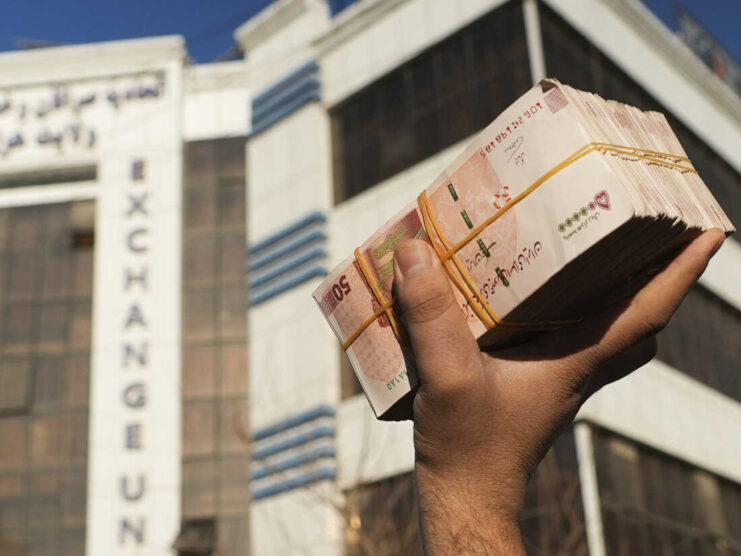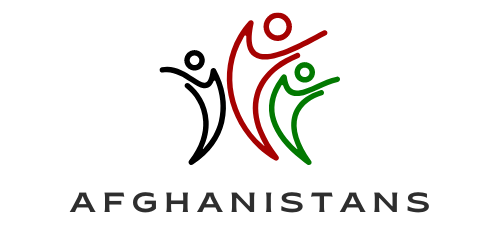In the mid-1990s, after a decade of Soviet occupation, war, and economic manipulation, followed by the ongoing civil war, the economy of Afghanistan was in shambles. Even in the 1970s, prior to the war, Afghanistan had one of the lowest standards of living in the world; things have declined since then, with the production, trafficking, and movement of drugs and guns as a major hidden part of the economy.
As the war and its effects spread throughout the country in the early 1980s, two separate economies emerged; the urban financial and industrial facilities, tied especially to the Soviet Union, and the largest independent rural subsistence economy. In 1990 annual income was estimated to be $714 per person.
Over the centuries, Afghans have developed a number of different strategies to earn a living from their difficult environment. Most Afghans have settled farmers, herders, or both, depending upon ecological, economic, and political factors. They are usually self-sufficient in foodstuffs and other necessities. Industry and mining developed considerably in the 20th century, but local handicrafts are still important. In 1956 the government launched the first of several five-year plans.

Irrigation efforts and the development of a better road and telecommunications network had top priority, with later efforts toward the production of textiles, cement, electricity, fertilizer, and grain storage facilities.
Progress was made to develop better trade with the outside world, especially with Europe, the United States, and Japan. Major nations aided Afghanistan in building roads, dams, hydroelectricity facilities, airports, factories (including those for light machinery, cement, and textiles), and irrigation networks for such crops as cotton, wheat, barley, and rice.
After the Soviet invasion in 1979, development aid from the West ceased, and Afghanistan became economically dependent on the USSR. Fruits, vegetables, fine carpets, and gemstones now constitute the majority of the export market.

